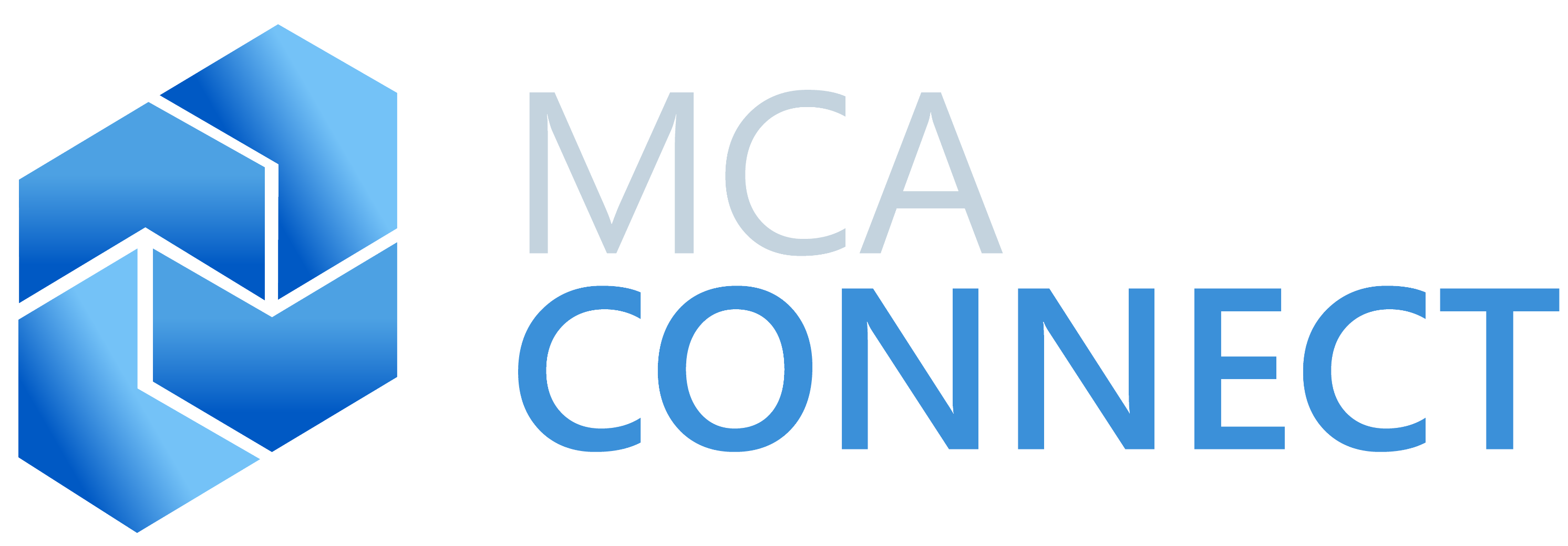| What’s the difference between Connected Field Service and “regular” Field Service Software? The simple answer is Internet-connected (IoT) devices. These devices allow manufacturers to remotely monitor equipment without sending a technician on-site.
Connected Field Service Software for ManufacturersOnce a manufacturer has built a field service foundation, they may consider transitioning to Connected Field Service software for the following 6 reasons: 1. Regular, recurring income – The biggest benefit of connected field service is creating recurring service revenue. Rather than billing by work order, manufacturers with connected field service capabilities can offer full-service equipment protection plans, with uptime guarantees. Because downtime is so expensive, clients are willing to pay more for this service. 2. Lowered field service costs – Rather than sending a field service technician out to investigate the problem, the IoT device can detect – and sometimes fix – the problem remotely. Technician use is reserved for when its warranted. 3. Increased technician capacity and better morale – From dispatch to scheduling to client communication, connected field service software helps the on-site technician look good and work more efficiently. Technicians spend less time on the road. They’re able to fix more problems on the first service call. They don’t have to worry about texting the client, because the field service software notifies the client automatically. Paperwork is done electronically, so it can’t get lost and doesn’t have to be sent to the office. 4. Increased equipment lifespan – Because the IoT devices are able to detect anomalies so quickly, problems are averted long before break-down, increasing the lifespan of the equipment you sell, which can differentiate you from your competitors. Telemetry data gathered can be analyzed to fine tune predictive maintenance schedules and find the root cause of issues, so you can respond proactively. 5. Easy upsells and cross-sells – The connected field service software provides the technician with all the knowledge they need, such as: what’s included and excluded in the service level agreement (SLA); the customer and equipment history; and the upgrade path for aging equipment. Work orders and sales orders can be created and explained while on site with the customer. 6. Increased customer satisfaction – Connected field service keeps your customers happy. With less equipment downtime, better insight, and better communication, they have a better overall experience making it more likely they will buy your manufacturing equipment again. Our MCA Connect field service consultants can help you understand what’s involved in transitioning from traditional field service to connected field service, and how your organization would benefit from this transition. Contact us to get started! Author: Travis Pullen, Director, D365 for Customer Engagement Other articles you might be interested in: {% set pop_posts = blog_popular_posts(‘default’, 3, ‘field-service’) %} {% for pop_post in pop_posts %} {% endfor %} |

Connected Field Service: 6 Reasons Manufacturers Transition from “Regular” Field Service Software
April 1, 2019
